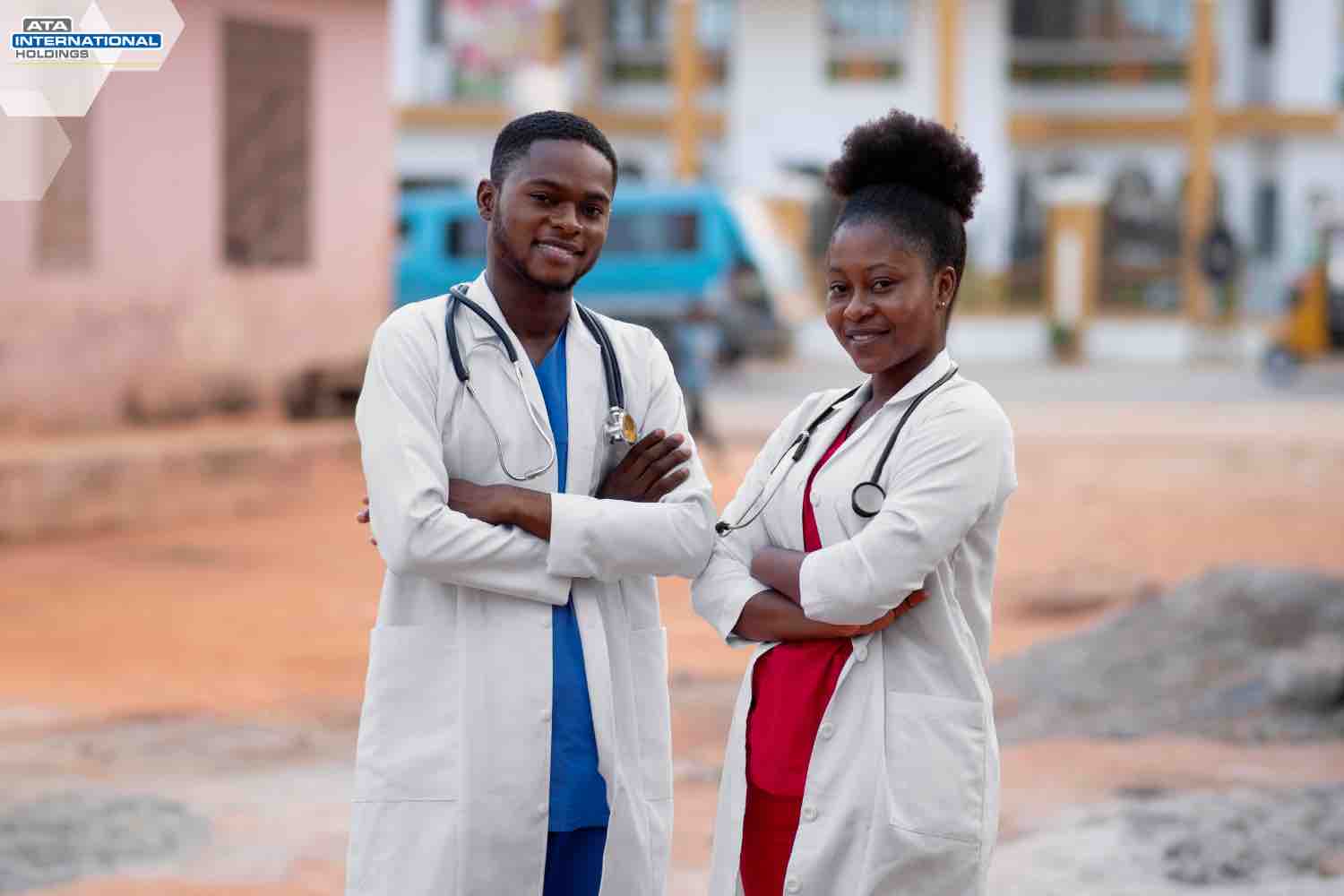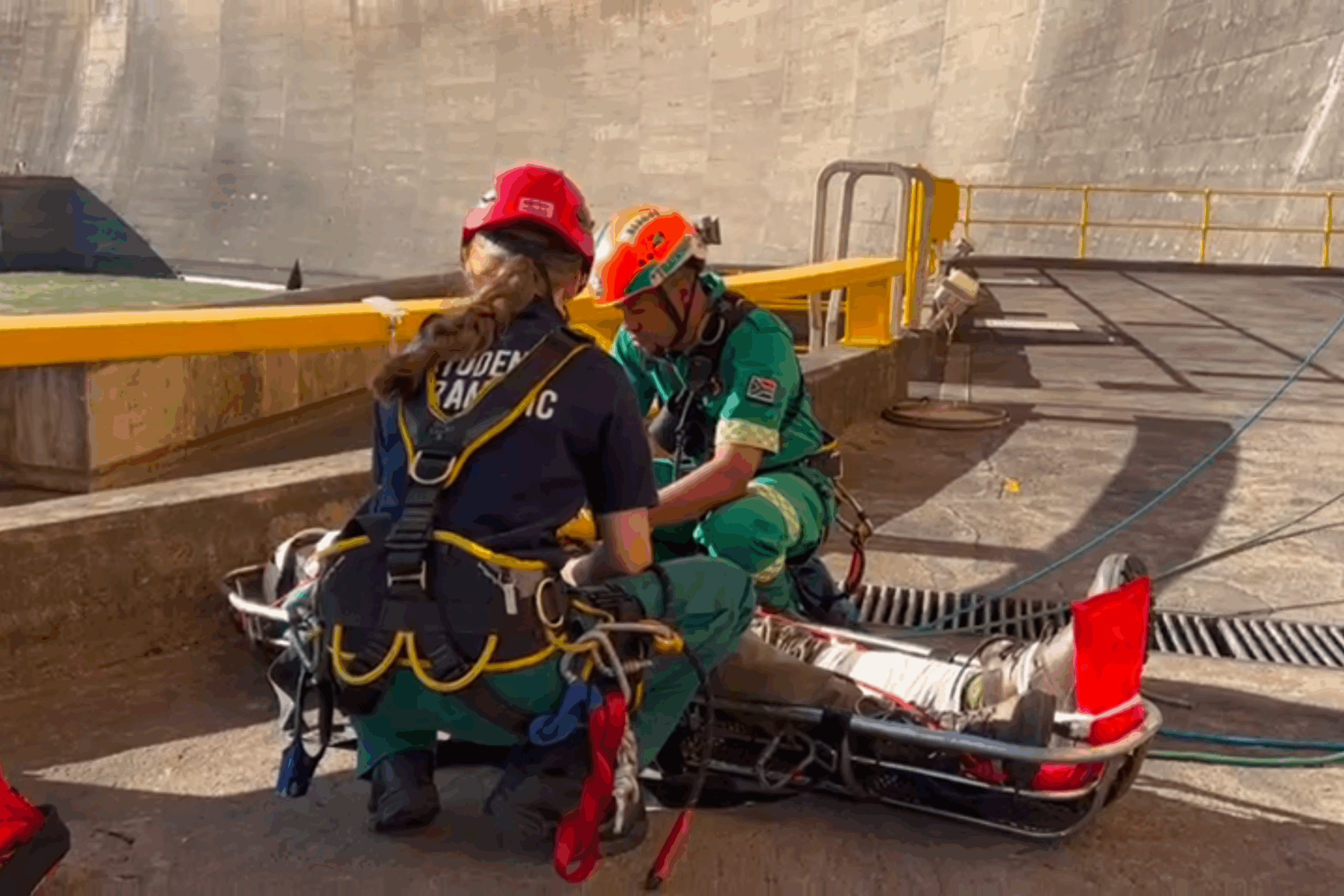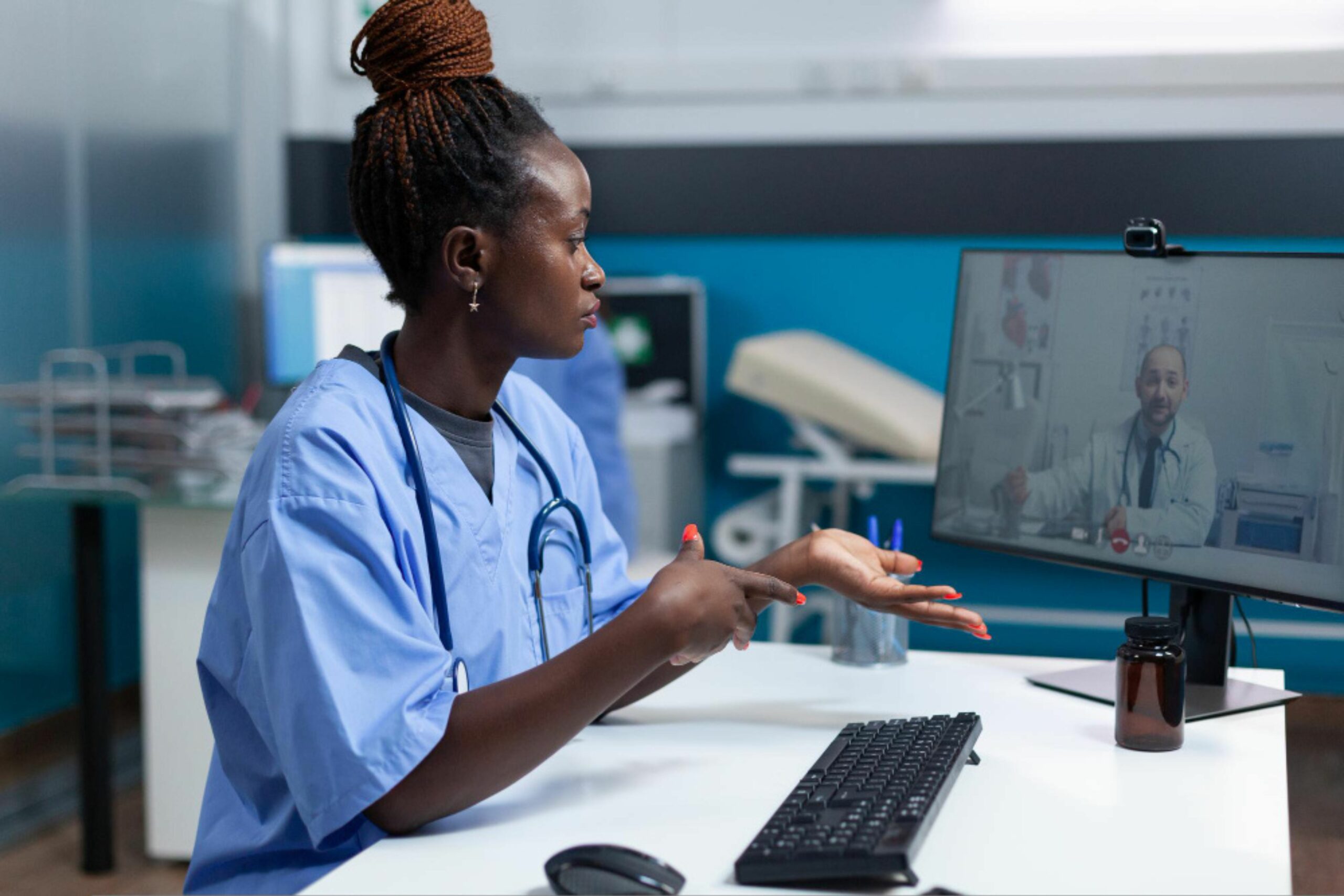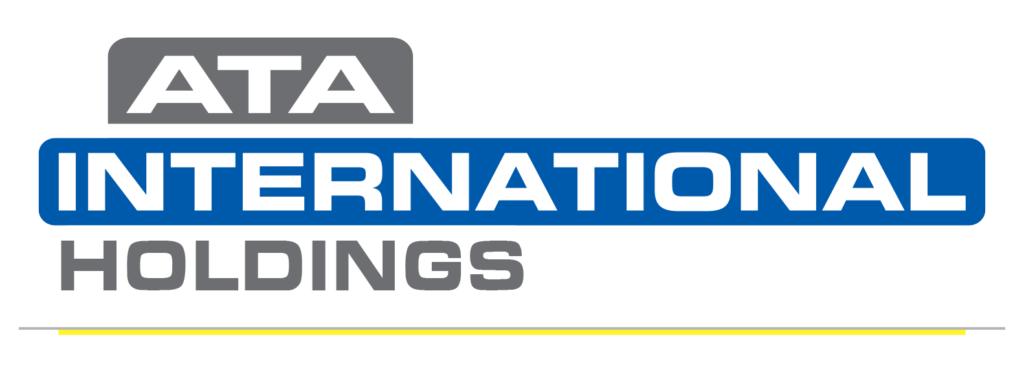It is no secret that the Oil & Gas, Construction, Exploration, and Mining industries face many challenges, especially when developing new projects across Africa. Remote medical care is a solution to this challenge. It is the ability to create safe working environments in remote areas. Given the remote location of many of these kinds of projects in addition to the hazardous nature of the work, remote site medical services is critical to preventing and managing work-related injuries and illnesses that may affect operations on-site. Therefore, businesses within these industries must look at preventative and proactive approaches to health management. We examine this in more detail below.
The Importance of Preventive and Proactive Medicine Approaches
A proactive and preventative medical care approach is a trending topic that is gaining popularity globally. This unique approach to healthcare has three main pillars. These include prevention, early detection and patient education. This remote medical care model aims to prevent the onset of diseases and or injury by providing patients with information related to their lifestyle and work environment to manage health and employee safety risks.
Within the context of remote projects in Africa, preventive and proactive medicine is critical in reducing workplace injuries and illnesses. This approach assists in identifying and addressing potential health and safety-related hazards before they escalate. An example of how this is done is by implementing preventative measures such as regular health screenings and medical check-ups. Through these screenings and check-ups, medical staff could lower the effect of any illnesses and identify potential accident risks. From a business perspective, this will radically decrease costs, reduce downtime, and increase productivity.
This remote medical care approach can also assist organisations in identifying and managing emerging health trends in the workplace. For example, if there is an outbreak of a particular illness, preventative medicine measures can be implemented to prevent its spread.
Within the preventative and proactive approach to remote medical care, employee education plays a vital role in ensuring a healthy work environment. When employees are empowered with knowledge related to their health, possible infections, workplace risks etc., they can better manage their health and alert medical staff if they feel something is impacting this. This ultimately assists employees in maintaining good health and prevents the spread of illnesses and the risk of accidents.
The question that needs to be asked is how a business ensures that a proactive medicine and preventative approach to remote site medical services is implemented across remote working conditions in Africa. The answer lies in comprehensive remote site medical staffing.

Medical Staffing and Its Impact On On-site Remote Medical Care
Remote site medical staffing is critical to preventive and proactive medicine, providing medical care and emergency support. The question that often gets asked is, what does medical staffing in remote location projects entail? In simple terms, medical staffing refers to several components, including establishing fully equipped medical clinics, ongoing training and professional development for medical personnel, investment in advanced medical equipment and technology, efficient communication systems, and well-devised emergency response plans.
When these medical staffing components are present, it is possible to implement and maintain a proactive and preventative approach to remote medical care and, in doing so, effectively manage the health requirements necessary to ensure that employees remain healthy and safe.
For remote medical staffing to be as effective as possible, the medical personnel who work on personnel in remote locations, to ensure occupational health standards, must have the necessary training and skills needed to effectively manage any medical and health-related cases that may arise. This includes heavy machinery injuries, high falls etc.
In line with the above elements, precise and efficient communication is paramount in delivering remote medical care. Companies should therefore establish effective communication systems that ensure medical personnel have access to the information they require to provide prompt and effective care. This may involve using satellite phones, radio systems, or other communication technologies. In addition to this, companies must have a comprehensive emergency response plan in place that outlines procedures for responding to emergencies and includes provisions for evacuating employees from the site and transporting them to upgraded medical facilities for further treatment.
When medical staffing is managed effectively and encompasses all of the abovementioned elements, it assists in managing the health of the workforce on the site and treating injured or sick employees effectively. This not only saves lives but maintains a productive working environment. Other elements that assist in preserving lives and maintaining a safe working environment are compliance with health and safety laws and regulations.

Compliance With Safety Regulations
When looking at implementing remote site medical services, it is vital to ensure that all elements related to medical care and medical staffing are in line with health regulations.
How does a business ensure compliance with these regulations? The simple answer is that there are many different ways of doing this, but what is critical is that there is a thorough understanding of the applicable regulations and what is necessary to ensure compliance. This requires:
- regularly monitoring the organisation’s operations and processes,
- conducting regular audits, and
- implementing corrective measures when necessary.
It is also vital that personnel providing remote, on-site medical care are educated on the regulations and guidelines they must abide by. Regular training keeps personnel informed and updated on any regulation changes.
Organisations can also seek the assistance of external experts and consultants to ensure that their operations align with the relevant regulations and compliance guidelines. These experts can provide valuable guidance and advice on meeting the regulatory requirements and ensuring that the organisation is not exposed to unnecessary risks.
Many organisations have also turned to automated tools and technologies that make it easier to monitor and track elements related to compliance. This also ensures that all the correct documentation can be traced and any non-compliance issues can be addressed.
By adhering to occupational health regulations and implementing effective compliance systems and processes, organisations can reduce the risk of penalties and legal action while ensuring that they provide their employees with safe and quality remote medical care.
Conclusion
By prioritising the health and safety of employees, organisations can reduce the frequency of workplace injuries and illnesses, health risks, lower healthcare costs, and promote the overall well-being of their workforce. Remote site medical staffing focusing on proactive and preventative medical care models is critical to this approach and ensuring employees receive prompt and effective remote medical care while working on remote sites.







